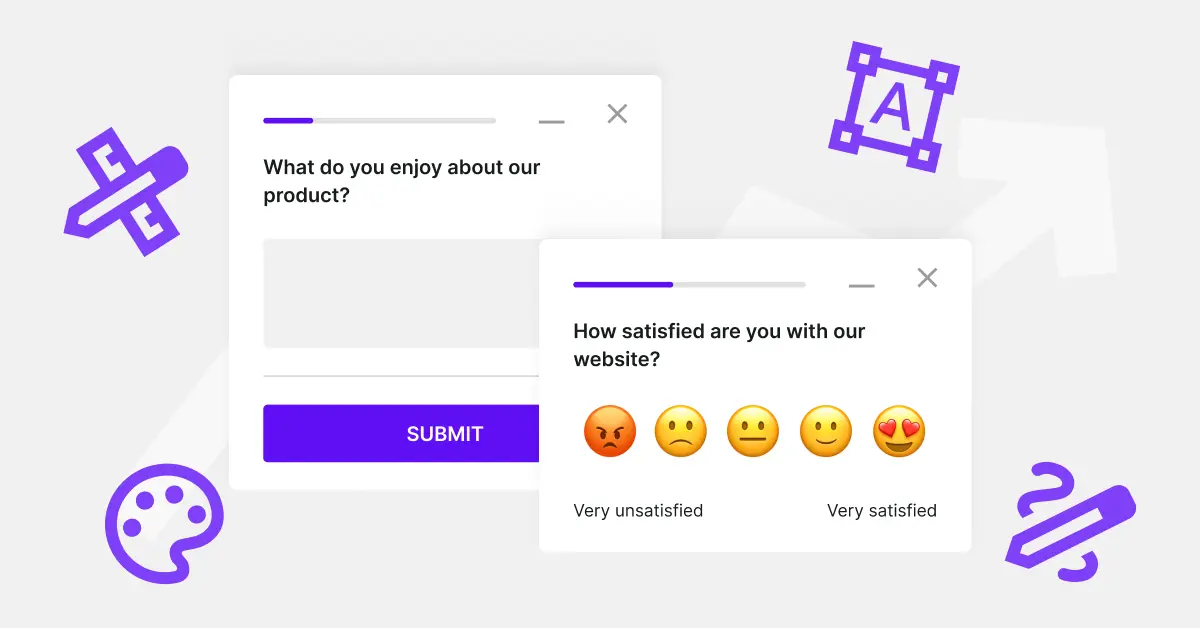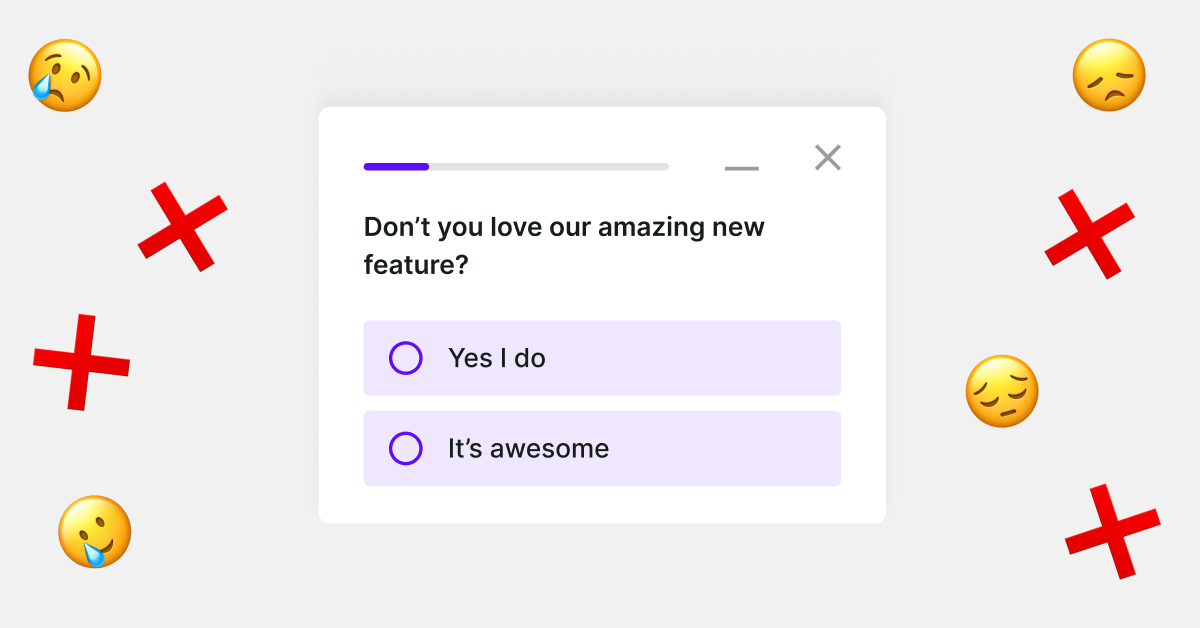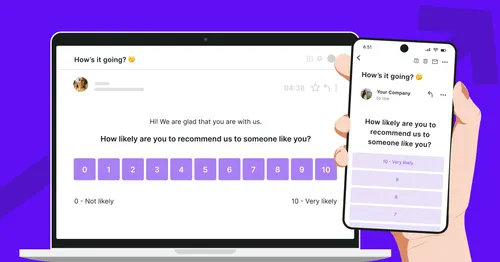Communication is the bedrock of understanding, but sometimes the questions we ask can create confusion rather than clarity. One such linguistic pitfall is the "double-barreled question." In this blog post, we'll unravel the mystery behind double-barreled questions, understand their impact, and learn effective ways to navigate through them.
What is a Double-Barreled Question?
A double-barreled question, also known as a compound question, occurs when two distinct queries are merged into a single sentence. The problem lies in the assumption that the respondent can answer both parts uniformly, despite the questions demanding different responses.

Example: "Do you enjoy hiking and camping?"
Here, the respondent might enjoy hiking but dislike camping, leading to an inaccurate or incomplete response.
The Pitfalls of Double-Barreled Questions
- Ambiguity:Double-barreled questions often contain ambiguous elements, making it challenging for respondents to discern which part of the query to address.
- Limited Response Options:Respondents may feel compelled to answer both components, even if their feelings or experiences differ for each. This can distort the accuracy of the response.
- Miscommunication:The fusion of two questions may lead to miscommunication, as the intent behind each part might not align, causing confusion between the questioner and the respondent.
Common Instances of Double-Barreled Questions
- Job Interviews:In interviews, candidates might encounter questions like, "Are you proficient in Java and Python?" This assumes expertise in both, potentially overlooking a candidate skilled in one but not the other.
- Surveys and Questionnaires:Many surveys inadvertently pose double-barreled questions, leading to skewed data. For instance, "Do you find our website easy to navigate and visually appealing?" Respondents might find the website easy to navigate but not visually appealing or vice versa.
- Relationship Dynamics:In personal interactions, questions like, "Are you happy with our relationship and your career?" can create challenges. A person might be content with their relationship but dissatisfied with their career, requiring a nuanced response.
The Impact on Surveys and Research
Surveys and research heavily rely on accurate data for meaningful insights. When double-barreled questions infiltrate these instruments, the data collected becomes unreliable and may not accurately represent the respondents' true sentiments.
Researchers and survey creators must be vigilant in crafting questions that allow participants to express their thoughts accurately without being constrained by the limitations of double-barreled inquiries.
How to Identify Double-Barreled Questions
- Examine the Question for Multiple Parts:If a question contains "and," "or," or other conjunctions, it might be a clue that it harbors multiple components. Break down the question to identify distinct parts.
- Check for Ambiguous Language:Phrases like "as well as," "along with," or "together with" can indicate a merging of ideas. Scrutinize these questions to ensure clarity.
- Evaluate Response Expectations:If the question seems to demand a single response for two different aspects, it may be a double-barreled question. Assess whether the respondent can answer each part independently.
Mitigating Double-Barreled Questions
- Separate Into Two Questions:The simplest solution is to break down a compound question into two distinct inquiries. This allows respondents to address each aspect independently.
- Example: Instead of "Do you enjoy hiking and camping?" ask "Do you enjoy hiking?" and "Do you enjoy camping?"
- Specify Each Component Clearly:If combining questions is unavoidable, ensure each part is clearly articulated. This reduces ambiguity and allows respondents to address each element accurately.
- Example: "What are your thoughts on the company's work culture, and how satisfied are you with your current role?"
- Use Neutral Language:Craft questions using neutral language that doesn't assume a correlation between the two parts. This encourages respondents to provide candid and accurate responses.
- Example: Instead of "Are you excited about the project and confident in its success?" ask "How do you feel about the project?" and "How confident are you in its success?"
Real-world Consequences of Double-Barreled Questions
- Legal Proceedings:In legal settings, poorly constructed questions can lead to misunderstandings or misinterpretations, affecting the outcome of a case. Lawyers and judges must be vigilant in avoiding double-barreled queries during proceedings.
- Market Research Impact:Businesses relying on market research may make flawed decisions if the data collected is tainted by double-barreled questions. Accurate insights are crucial for devising effective strategies.
- Therapeutic Sessions:In therapeutic settings, ambiguous questions can hinder the therapist's understanding of a client's emotions and experiences. Clear communication is essential for effective counseling.
Conclusion
Understanding the nuances of language is paramount for effective communication. Double-barreled questions, though common, can impede this process. By recognizing, mitigating, and avoiding these pitfalls, we can foster clearer communication in various aspects of life – from casual conversations to structured interviews and comprehensive research.
In a world where words hold immense power, let's strive to use them wisely and ensure that our questions facilitate understanding rather than creating confusion.













.svg)

.svg)



